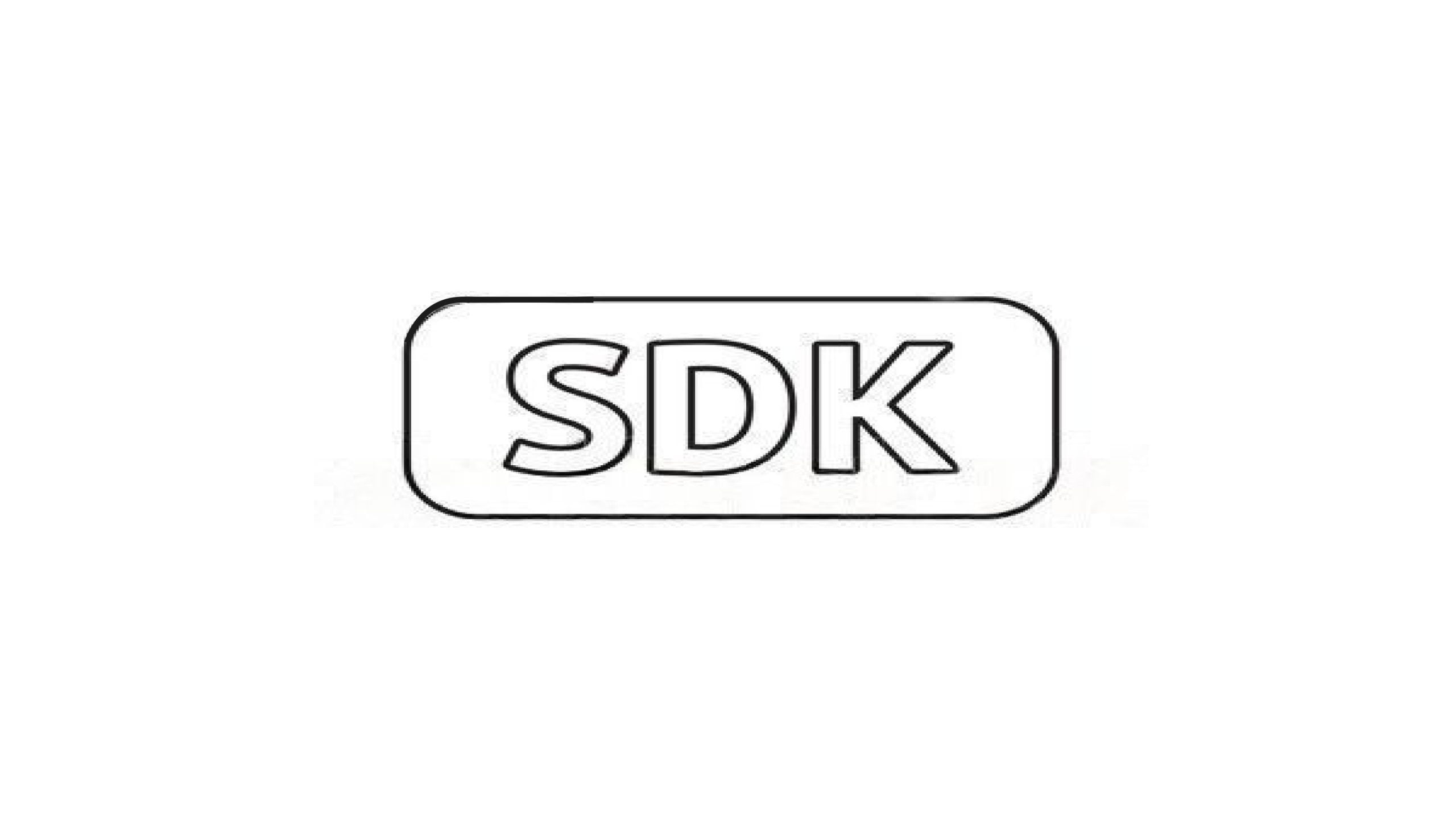
Real-Time Messaging & Chat SDK for Developers
Do you know what real-time messaging and chat SDK is? If not, read on to learn about them briefly. Learn its benefits for developers and use cases as well!
Introduction
A customer who wants a quick answer to a simple question should not have to wait on the phone. Nowadays, customers expect businesses to communicate with them instantly. For providing an efficient and effective customer experience, real-time messaging and chat SDKs are crucial for businesses.
Businesses can have longer conversations with their customers via email or phone. Businesses, however, need to have a direct line of communication when it comes to answering concerns and questions from customers.
The purpose of this post is to explain what real-time messaging and chat SDK are and how they can be used in your business.
Real-time Messaging: What Is It?
Real-time messaging is the process of instantaneous communication, such as customer service agents and customers or nursing staff and patients, between at least two participants.
Typically, live chat communication takes place via a website or an app feature such as a live chat window. A real-time messaging API can also refer to communication between autonomous devices that is primarily focused on human-to-human communications.
Real-time Messaging: Benefits
Customers increasingly prefer to communicate with businesses over the internet rather than over the phone. With real-time messaging API, customers are able to reach out to their service providers easily, which is vital to creating a positive customer experience, as it allows them to interact with a representative in real time. As part of your customer service effort, it has become increasingly important to offer live messaging, and customers are flexible and quick to seek out other businesses if you do not provide them with the support they require.
Real-time Messaging: Usage
Real-time messaging is usable in many different ways for customer engagement. Any customer interaction that can be resolved without the need for in-person interaction benefits from the use of this type of messaging. Below is a list of usage of real-time messaging:
- Customer support:
With live chat, customers and agents can communicate in real-time, combining chatbots with live agents to make the customer experience smoother. An agent can answer simple questions and address straightforward requests with this communication.
- Sales:
On today’s websites, real-time messaging is common. Especially if your business already has interest from potential customers, it’s an effective way to engage them.
By allowing sales representatives to answer visitors’ questions in real-time, rather than requiring them to provide a lot of their personal information, you can help them learn more about your organization.
Chat SDK – What Is It?
The Chat SDK provides developers with tools and programs to build efficient and effective chat applications.
To make the chat experience more engaging, most chat SDKs include features like powerful slash commands, emojis, Giphy integrations, and message attachments. It allows users to communicate instantly and build a community over time.
Chat SDK – Features
The following features are included in a good Chat SDK:
- Scalability: Businesses and users are not static entities. Over time, they grow as circumstances change and as their needs change. There should be a high level of assurance that a good Chat SDK is capable of being relied upon as such changes are implemented.
- Customization: Chat SDKs should be manipulated by developers to suit their needs. If the developer desires, the user profile can have more details than the regular user details.
- Push Notifications: It might be difficult for individuals to check their phones regularly for new messages due to their busy schedules. Instead, being notified every time you receive a message is such a gift. The modern Chat SDK must incorporate this functionality to scale competitively in the market.
Chat SDK: Importance
Listed below are some importance of chat SDKs:
- Cost Effectiveness: Building a chat application will cost you time and money. In addition, you will need to hire a team of developers.
In contrast, the Chat SDK is pre-developed. Your application needs only to be plugged in with a token. You might even be able to find the package you need for free.
- Better user experience: Suppose your application includes a chatbot that responds to frequently asked questions. By using the chatbot, you don’t have to keep repeating the same answer.
A user’s satisfaction with your application is more important than that. A reply on how to fix their problem does not have to take so long.
- Security: Documents and conversations can be securely stored in chat applications so that we can use them as storage spaces. With these chat applications, you can store materials for future use since they provide storage spaces.
Conclusion
So, now you might have a clear view of real-time messaging and chat SDK. If you’re a business organization willing to provide customer support through real-time messaging and chat SDK, then you are at the right place.
Temasys Global Network Communication is what drives Skylink Cube, the best Real-Time Messaging & Chat SDK for lead generation. It makes the live chat tool capable of deploying HD audio and video chat capabilities on your web-based platforms. It mimics the in-store customer service that customers these days expect brands to provide, even if they are not in the store, thus boosting lead generation.



